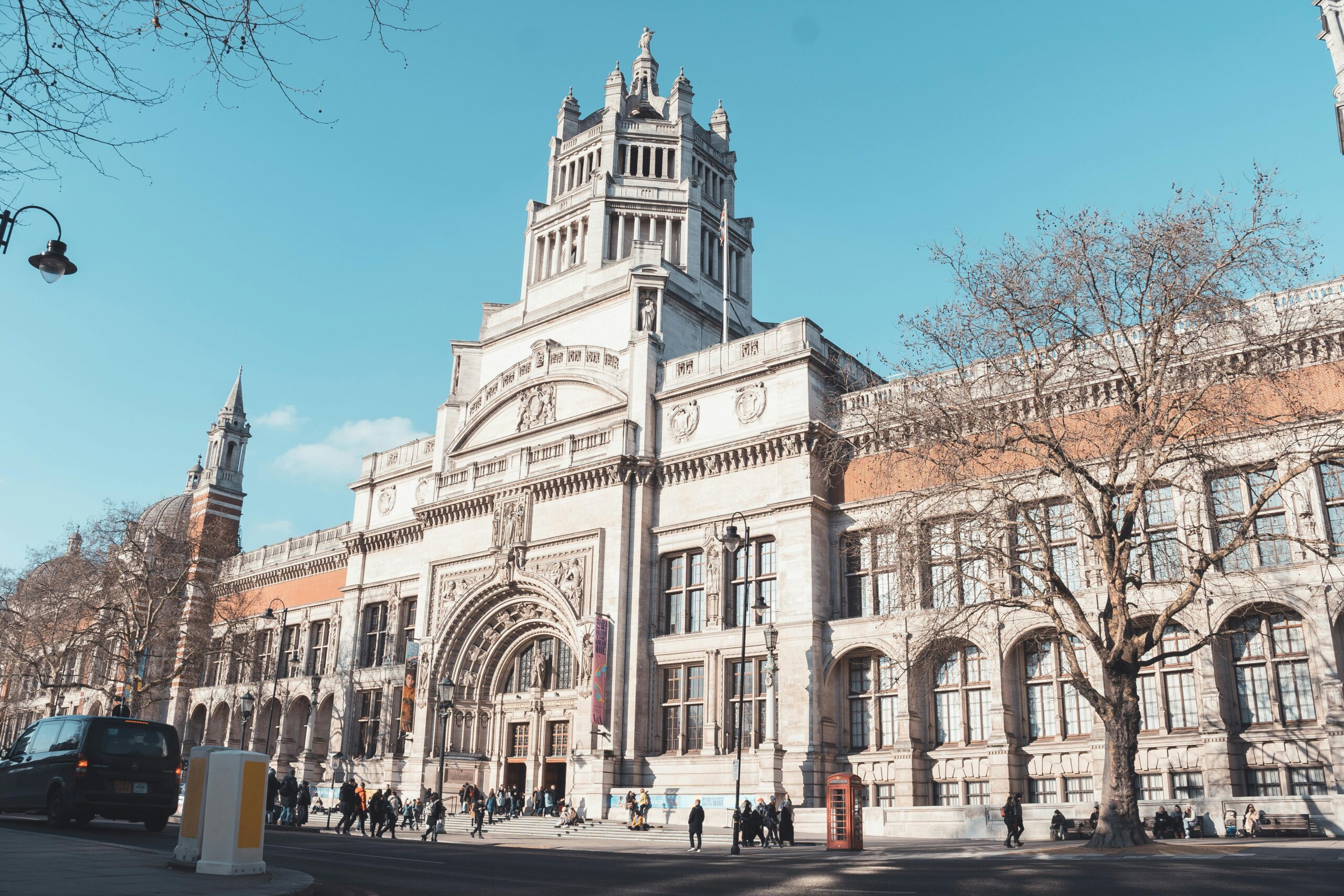Canada is one of the most desirable countries to immigrate to due to its high quality of life, robust economy, stable government, diverse culture, and breathtaking natural beauty. However, immigrating to Canada is no small feat and involves significant planning and preparation. Here are 10 things you must know on How to immigrate to the Canada.
[ez-toc]1. Research Your Immigration Options
The first key step is to research the different pathways available to immigrate to Canada based on your personal circumstances. Some of the main options include:
Economic Immigrants
Skilled Worker Programs
- Federal Skilled Worker Program: For skilled workers with at least one year of continuous work experience within the past ten years. Applicants receive a Comprehensive Ranking System (CRS) score based on factors like age, education, language ability, and work experience. The minimum CRS threshold must be met.
- Federal Skilled Trades Program: For skilled trade workers in over 40 eligible occupations like carpenters, electricians, cooks, etc. Must have at least two years of work experience.
- Canadian Experience Class: For skilled workers with at least one year of skilled work experience in Canada within the past three years under an open work permit.
Business Immigration
- Start-Up Visa Program: For entrepreneurs with a qualifying business idea and investment commitment from designated regional organizations.
- Provincial Nominee Programs: Some provinces like Manitoba, Saskatchewan, and British Columbia have their own business immigration categories.
Family Class Sponsorship
Options for sponsoring parents, grandparents, spouses, partners, and dependent children living abroad. Sponsor must meet minimum income requirements.
Refugees and Humanitarian Programs
For individuals fleeing persecution, war, or dire circumstances in their home country. Government-assisted or privately-sponsored.
Thoroughly research each program’s eligibility criteria to determine which option is the best fit. Government websites provide detailed information and comparisons to help with this assessment.
2. Ensure You Meet Admissibility Requirements
In addition to meeting the criteria for a specific immigration program, applicants must also meet Canada’s general admissibility requirements related to health, safety, finances, and criminal background. Failing to meet these can lead to application refusal even if program criteria are satisfied. Key things to note:
- Medical exam: Must pass a basic medical exam showing no inadmissible health conditions like communicable diseases, expected high health/social service costs, etc.
- Security: No serious criminal background involving crimes punishable under Canadian law. Must undergo security screening.
- Financial: Sufficient unencumbered funds to settle in Canada without relying on social assistance. Funds vary by household size but average around $12,000 – $15,000 CAD.
- Intent: Genuine intent to reside permanently in Canada. Temporary residents cannot misrepresent immigration intent.
Taking the time to understand these requirements and addressing any potential red flags upfront can save applicants frustration down the road. Hiring an experienced Canadian immigration lawyer is also highly recommended.
3. Prepare Valid Supporting Documents
In addition to the application form itself, immigration to Canada involves submitting a host of supporting documents to prove eligibility and admissibility. Documents must be certified true copies of originals, dated, and valid at the time of application. Some common documents required include:
- Passport and birth certificate
- Proof of education (degrees, diplomas, transcripts)
- Language test results (IELTS, CELPIP, TEF, etc.)
- Work experience records (resumes, reference letters, records of employment)
- Police certificates from all countries of residence over six months
- Marriage certificate or proof of common-law relationship
- Financial records (bank statements, tax returns, assets, proof of funds)
- Background/reference checks from previous employers
Allow plenty of time to gather documents – some like police certificates can take months to process. Ensure completeness before submitting to avoid delays in Request for More Information.
4. Decide Where to Settle
Canada is a massive country, and potential immigrants should research settlement options to realize the best fit. Factors to consider include:
- Climate: From the frigid North to temperate West Coast to Eastern provinces with four seasons.
- Economy: Strong industries vary regionally – tech in Vancouver, oil/gas in Alberta, auto in Ontario, and fisheries in Atlantic Canada.
- Housing costs: The most expensive are Vancouver and Toronto. Prices are lower in Prairie provinces, Atlantic Canada, and smaller cities.
- Language: Vancouver and Montreal have enclaves of Mandarin/Cantonese and French speakers. Focus on English elsewhere.
- Immigrant support services: Larger cities have robust multicultural communities, ethnic grocery stores, and community associations.
Once criteria are weighed, research job markets, lifestyle, and communities in potential cities and provinces. Connecting with local immigrant settlement agencies is highly recommended at this stage.
5. Learn an Official Language.
High-level proficiency in either English or French is required for permanent residence in Canada, as these are the country’s two official languages. Not fulfilling the language criteria can lead to rejection, so language preparation should start early. Options include:
- Formal language training: Enroll in government-accredited language schools in your home country or Canada. More affordable than private options.
- Self-study: Use books, apps, language exchange meetups, and television/radio to build skills over time. IELTS General or CELPIP minimum scores must still be met.
- French classes: These are recommended for those settling in Quebec, which has additional language requirements for immigrants.
Language fluency is advantageous for job searches and integration post-arrival. Aim to achieve required band scores well in advance to allow retakes if needed. Access to French-language training is also much more limited outside of Quebec.
6. Assess Your Educational Credentials
Having foreign education assessed and obtaining the appropriate Canadian equivalents are critical but often overlooked parts of the immigration process that can impact employment and integration outcomes. Key steps involve:
- Educational credential assessment: Get detailed reports from organizations like WES or ICAS comparing education level and coursework to Canadian standards. Pays to start this 1 – 2 years in advance.
- Bridging/upgrading programs: Supplementary education may bridge gaps between home country credentials and Canadian requirements for regulated professions like engineering, accounting, and healthcare. Plan this into timelines.
- Foreign credential recognition: Research credential recognition processes for your intended occupation in the province of landing. Additional requirements like certification exams or internships may apply.
Ensure your education will be considered valid and comparable to local standards. International graduates otherwise face disadvantages in finding appropriate work.
7. Prepare for the Job Search
While permanent residency gives immigrants open work authorization, finding suitable jobs can still be challenging initially due to a lack of local networks and experience. Important preparations to maximize employment include:
- Research in-demand jobs: Tailor language study, bridging programs, or recertification to skills needed locally. Connect with employers and associations.
- Customize Canadian resumes and cover letters: Follow different formats and emphasize transferable skills over verbatim job descriptions.
- Build a professional network: Connect with associations, alumni groups, and LinkedIn to begin fostering local contacts and references.
- Consider targeted job training: Subsidized programs help immigrants gain certifications and workplace culture exposure through placements.
- Consider entrepreneurship: Alternatives exist, like starting up startups or buying local franchisees with transferable management experience.
Employment is vital for integration, permanency, and avoiding financial hardship. Investing in job readiness can make a critical difference in landing suitable work more quickly.
8. Apply for Permanent Residence
Once all eligibility criteria and requirements are thoroughly researched and prepared, it’s time to formally apply. Key things to note in the application process include:
- Choosing the correct online or paper application form set
- Filling forms completely and avoiding minor errors
- Submitting all required documents in proper format and order
- Meeting document translation standards
- Calculating and paying correct application fees
- Complying with biometrics (photographs, fingerprints) collection
- Adhering to application processing service standards for each program
Thorough record-keeping of all materials and correspondence is critical. Hiring a registered immigration representative can help you navigate this complex multi-step process. Most applications now entail lengthy processing waits upwards of 12-18 months due to high volume.
9. Receive a Decision and Next Steps
It can take several months to over a year to receive a decision from Immigration, Refugees, and Citizenship Canada (IRCC) on permanent residence applications. Outcomes may include:
- Approval: Must activate permanent resident status by entering Canada within the initial validity period (usually two years). Once activated, permanent residents have access to healthcare, can work without restrictions, apply for provincial identification, and settle permanently.
- Conditional approval: Must live in Canada for two years before receiving full permanent resident status. Often given to business immigrants or live-in caregivers obliged to certain duties during conditional periods.
- Refusal: Application rejected if admissibility or eligibility requirements were not fully met. Can request reconsideration with new evidence or reapply with an improved profile.
- Additional documents requested: IRCC may seek documentation clarification before finalizing a decision. Provide promptly to avoid further delays.
Upon approval, immigrants must coordinate immigration medical exams, obtain provincial health insurance, and settle permanently in their chosen province to fully realize permanent resident rights and privileges in Canada.
10. Settle Permanently in Canada
Successfully transitioning to permanent residency in Canada requires essential preparations including:
- Securing long-term accommodations like renting an apartment. Research rental markets and tenant laws.
- Opening a Canadian bank account for receiving income, credit history and daily financial transactions.
- Obtaining a provincial health card for universal healthcare coverage.
- Securing local identification like a driver’s license for transportation.
- Starting the job search in earnest upon arrival with customized resumes and cover letters.
- Enrolling children in schools and researching extracurricular activities.
- Learning about local services, transportation, community groups, and cultural offerings.
- Starting the citizenship application process after meeting the residency requirement (3 years within the last five years).
The settlement period introduces initial challenges but also the rewards of making a new home in Canada’s diverse communities. Permanent residents now embark on the next phase of their lives in their adopted country.




